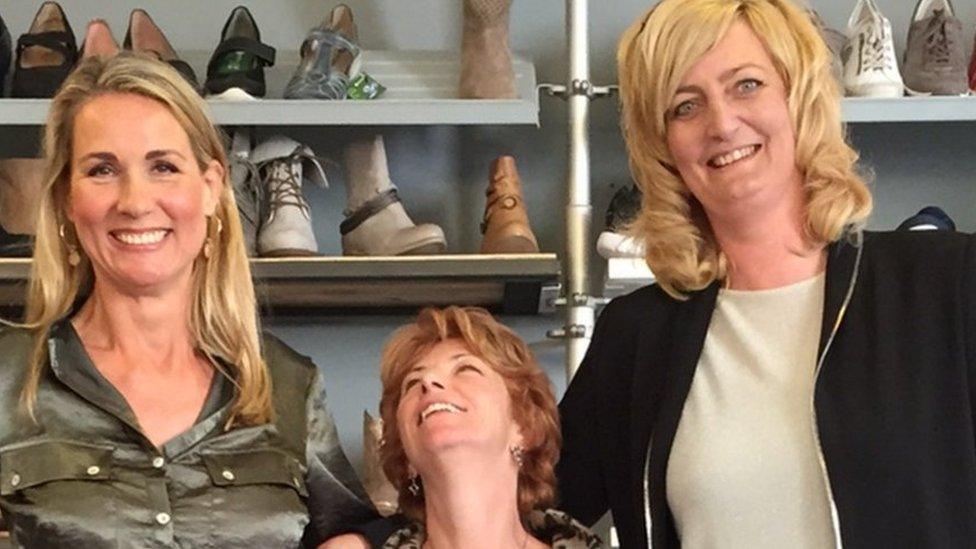US battles to find - and save - illegally trafficked plants
- Published
Where do illegal plants go?
Every year thousands of plants are illegally imported into the US - but what happens after they're seized? And what happens to plants in danger of extinction?
When government inspectors in Hawaii opened a box of plants imported from Tokyo earlier this year, they realised something was wrong. Nestled among the collection of Japanese succulents were a number of cacti, some critically endangered.
The plants were undocumented and officials were unable to tell whether they had been harvested illegally from the wild or sustainably grown in an artificial environment.
The shipment was seized under Cites - the Convention on International Trade of Endangered Species.
"It's a substantial problem," says Anne St John, a biologist with the US Fish and Wildlife Service. "Between 2011 and 2014 we confiscated an average of 5,600 live plants every year."

As well as endangering rare plants, the trade also threatens US agriculture by importing diseases and insects that can destroy crops. Some species may also escape into the wild where they overwhelm native plants and compromise fragile eco-systems.
Once plants are seized under Cites they become the property of the US government and are placed in a nationwide rescue program.
"These are refugee plants," says Ari Novy, executive director, US Botanic Garden, Washington DC, one of more than 80 institutions that take part in the program. "Because in some cases these plants are locally extinct in the wild, there's a very strong need for us to keep them alive to ensure their survival."
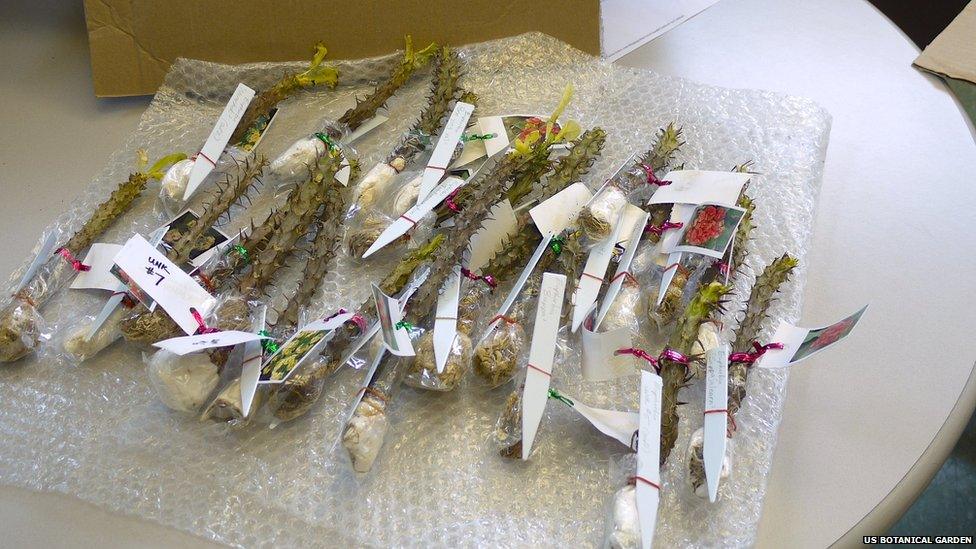
The plants seized in Hawaii are now housed in a vast greenhouse complex on the outskirts of the capital where they are cared for by US Botanic Garden experts.
"A lot of them had no identification at all," says plant curator Bill McLaughlin. "We've been able to guess the identity of about two-thirds of them. We'll have to wait for the remainder to bloom as flower morphology is still the main way we identify things today. It's not as easy as plugging a piece of tissue into a reader that will tell you what it is. There's still a lot of ground work to do."
Botanists do know that one of the captured plants is a Golden Barrel cactus, a species that is critically endangered in the wild. It is native to a small region of east-central Mexico where its habitat was further reduced by dam building in the 1990s.
Many plants are severely damaged or dehydrated when they arrive. But orchids and cacti are more likely to survive trafficking because most they have inbuilt water reservoirs.
"It's usually pretty dreadful," says McLaughlin. "They're in cardboard boxes wrapped loosely in newspaper and they're shrivelled up and wrinkled. The roots, if they're there, are reduced to little dry nubs."
It's important to save such plants, not only to protect endangered species, but because the plants themselves may be required in court as evidence of trafficking. And their country of origin may request their return. Eventually institutions such as the US Botanic Garden can incorporate them into their collections - but they are never resold and nobody profits from their commercial value.
"Most people look at [wildlife trafficking] in terms of rhino horn and elephant tusks. I don't want plants to be considered second class to animals," says McLaughlin.
"They are the basis for most other life and if you're saving plants by making sure no-one profits from taking them illegally from the wild, you're saving the habitat - and that saves insects, animals and ultimately us."
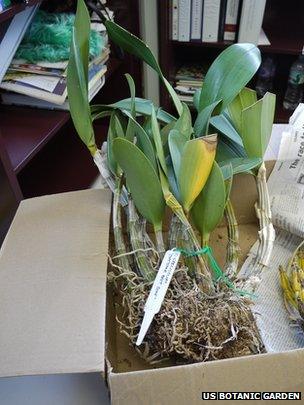
Orchids are most commonly trafficked because they are the largest plant family, with 30,000 species. The trade is driven by hobby growers who value them for their rarity. Since Victorian times they have been regarded as a status symbol, says Ari Novy.
Illegal trade has reduced some orchids in South East Asia to the point of extinction in the wild. and Novy says education is the key to ending it.
"We're all so disconnected from the source of the products we buy," he says. "Many plant lovers wouldn't do this if they knew more about the chain that brought the plant to them,"
Technology is helping to reduce illegal trade, says McLaughlin. "We had a visitor about a decade ago from Papua New Guinea looking to set up an in vitro tissue culture lab because more and more of the countries from which these plants are taken want to get in on the profits.
"They can be legally propagated in their own countries in a lab and sent in tissue culture vials throughout the world. So this is a great industry for a lot of these countries.
But the hard core collectors remain a problem, McLaughlin says, "because there's still a little bit of cache associated with taking them from the wild".
- Published9 July 2015
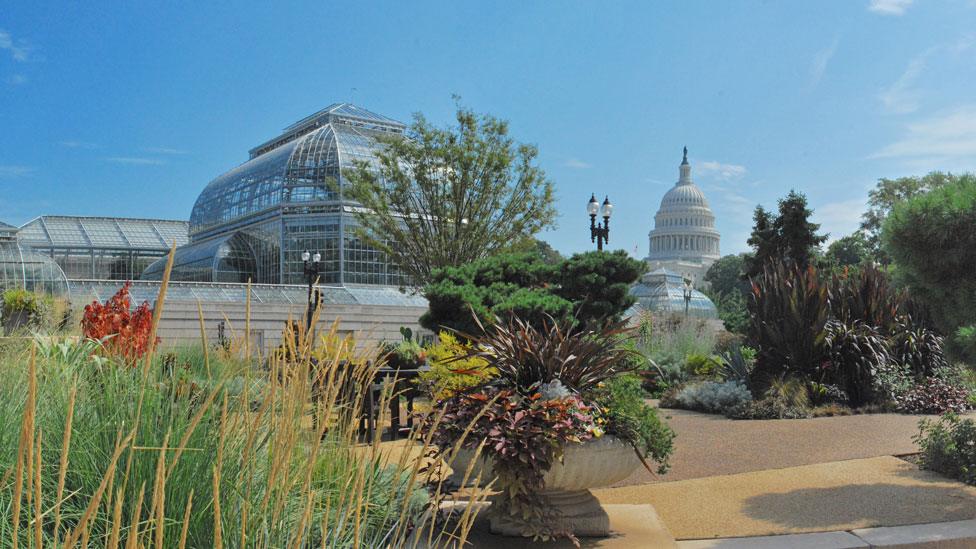
- Published28 July 2015

- Published28 July 2015
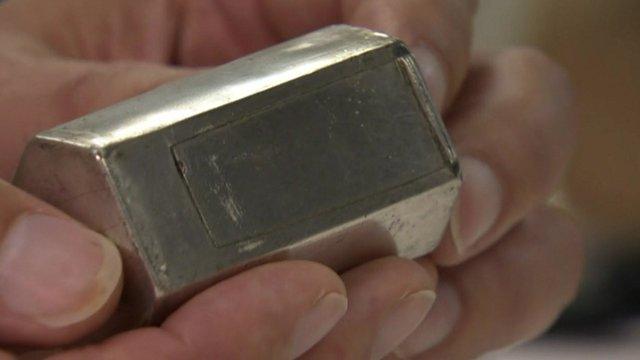
- Published31 December 2013

- Published23 July 2015

- Published18 June 2015
